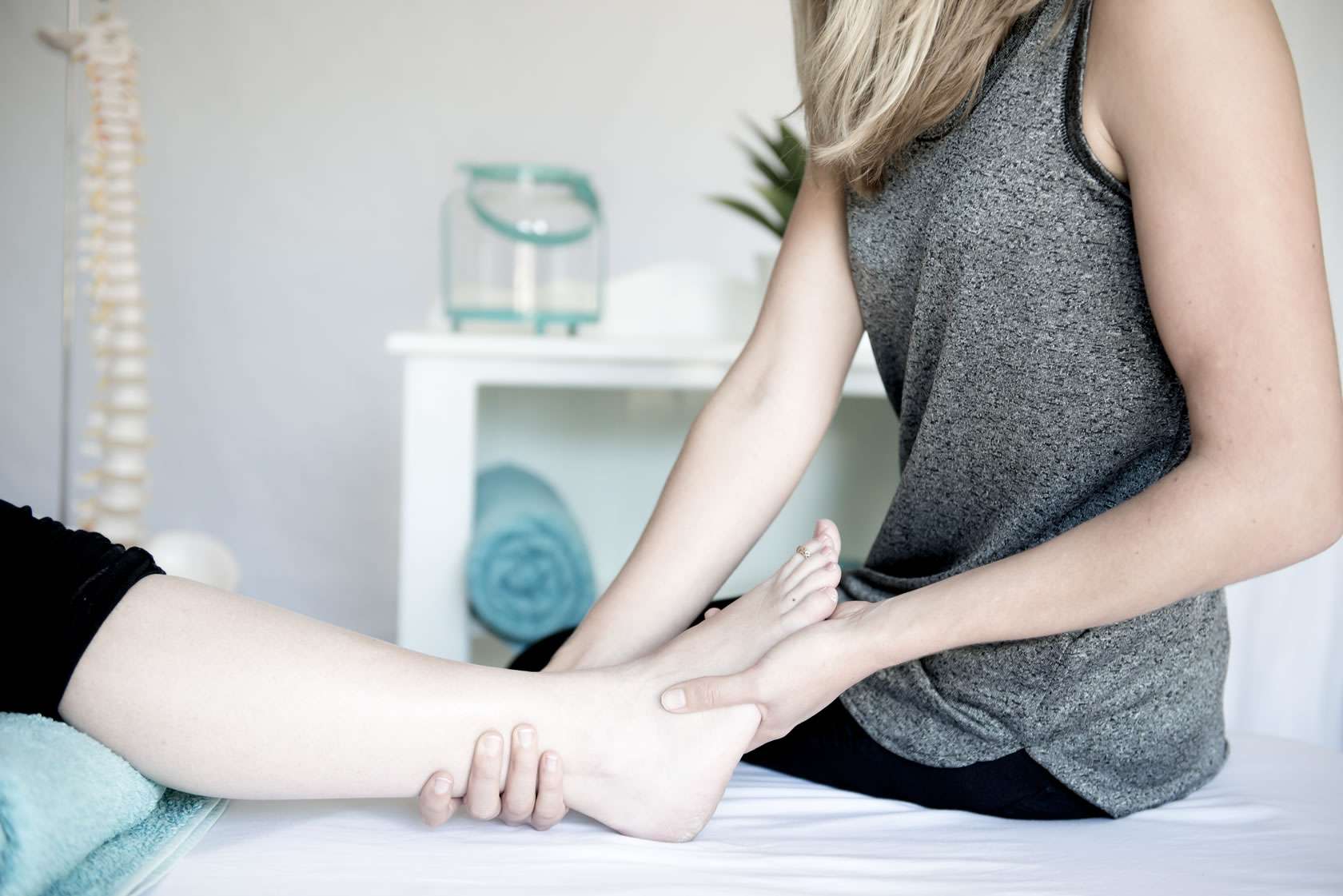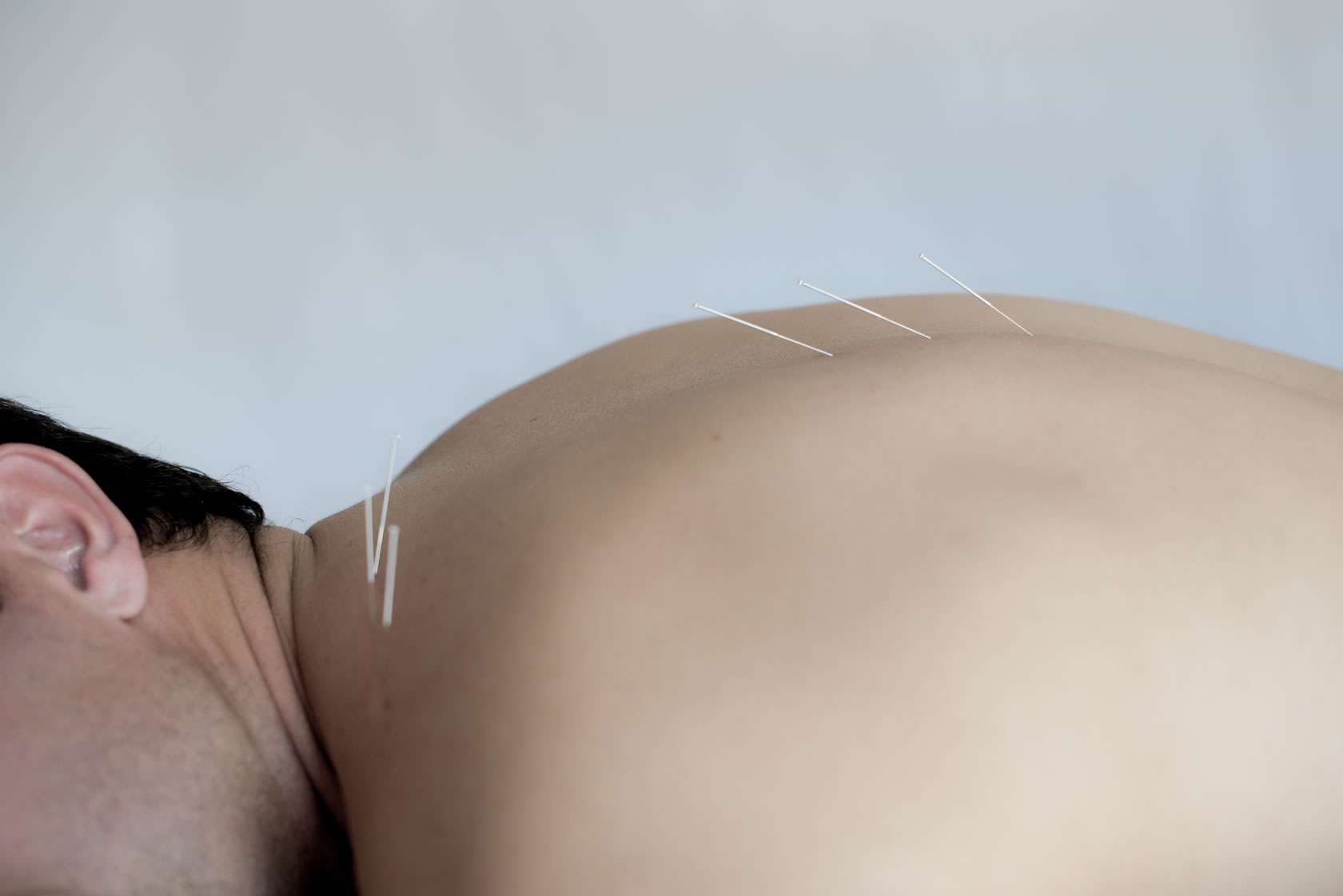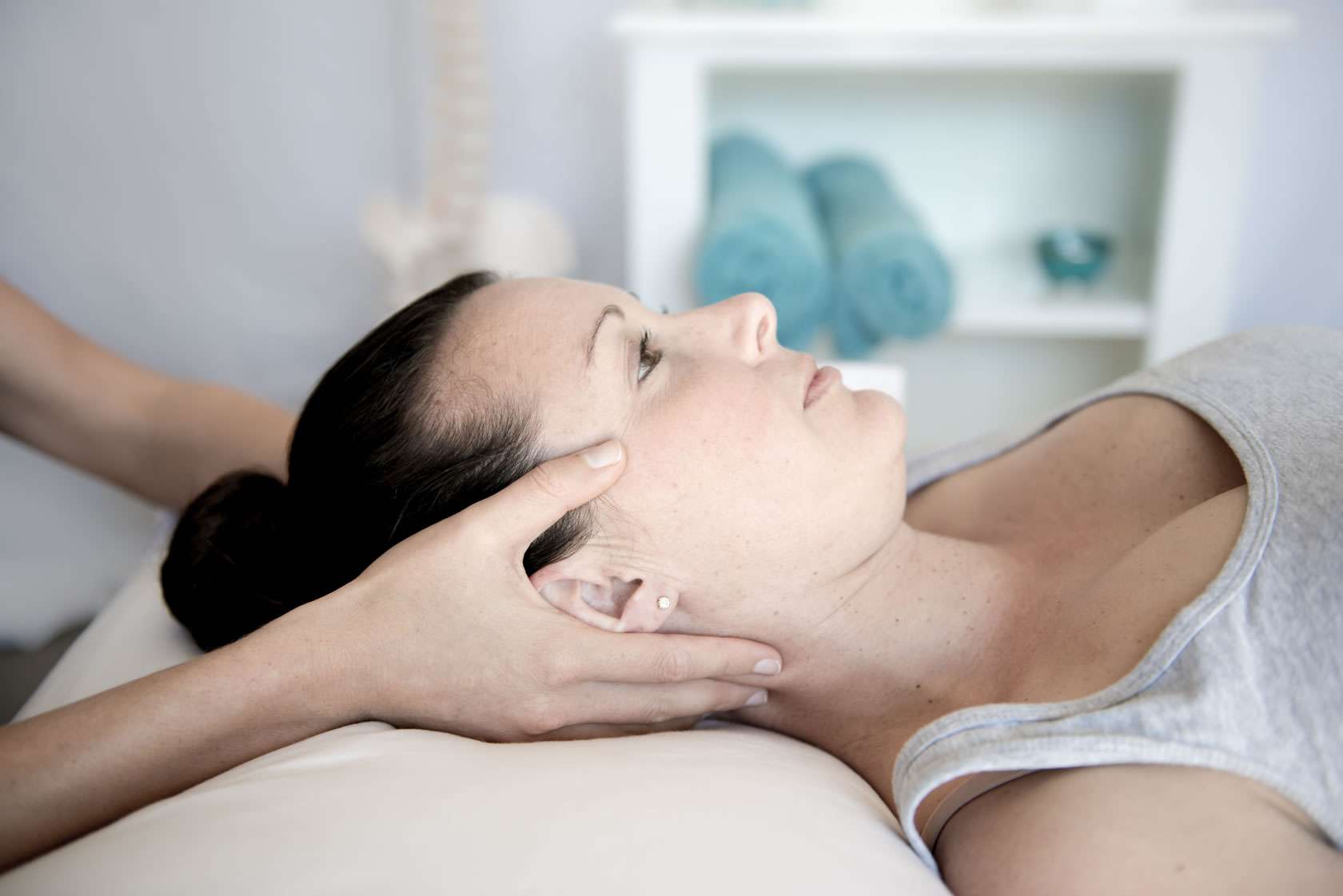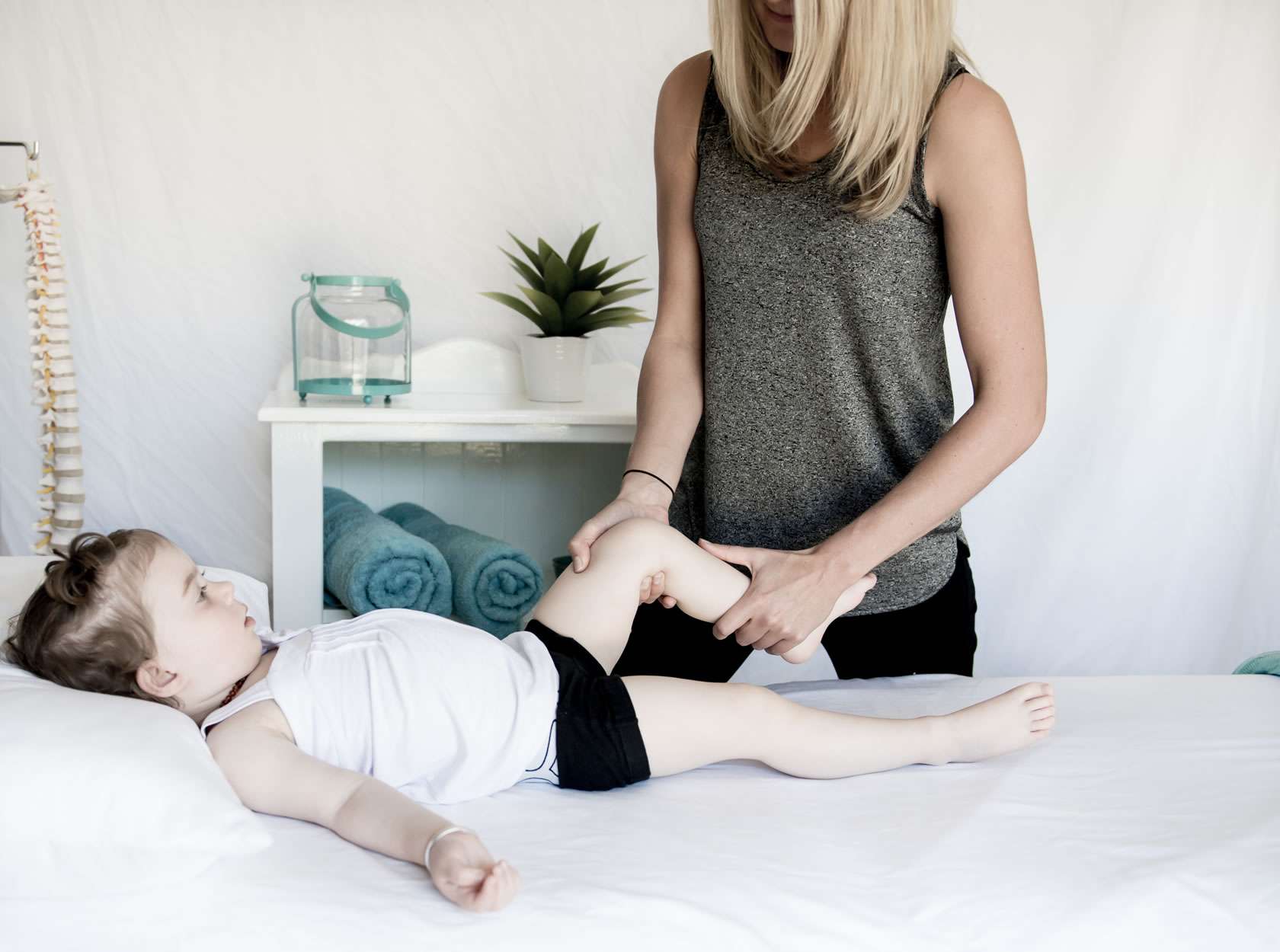What is Osteopathy?

Osteopathy uses a “hands-on” approach in treating a wide range of physical conditions.
It incorporates a unique way to assess and diagnose patients.
It’s philosophy focuses on helping the body generate its self-healing mechanisms.
The practice of Osteopathy helps with not only the symptoms of your condition but also aims to identify the cause, to prevent recurrence.

What we treat:
- Neck and back pain including joint sprains and disc bulges. Statistics suggest that 80% of the population will experience back pain at some point in their lives. Osteopaths can assist in reducing pain and inflammation. We can increase joint range of motion. We can provide exercises that aid in recovery and reduce the risk of recurrence.
- Headaches and Migraines- The most common type of headache originates from tension, muscle stiffness or joint strain in the neck and upper thoracic region (World Health organisation Factssheet #277). Osteopaths can help improve joint mobility and reduce muscle tension. We can advise on posture and workplace ergonomics.
- Sports injuries including calf and hamstring strains, shin splints and plantar fasciitis, back and neck strains, shoulder, elbow and wrist injuries, hip, knee and ankle injuries. Osteopaths are highly trained to facilitate a return to optimal function and prevent compensatory strains.
- Shoulder pain including rotator cuff injuries, “frozen shoulder” and shoulder impingement. Osteopaths help to reduce shoulder pain by reducing muscular tension around the shoulder. We help improve joint range of motion in the mid back, neck, shoulder blade and shoulder. We help provide advice on flexibility and strengthening the area.
- Elbow pain including tennis elbow and golfers elbow. Osteopaths help reduce muscular tension in the area using soft tissue techniques and dry needling. We provide advice on wearing a brace or applying taping techniques.
- Wrist pain including repetitive strain injuries (RSI)
- Arthritis including Osteoarthritis, Rheumatoid arthritis and Ankylosing Spondylitis. Osteopaths can assist by gently moving and stretching arthritic joints to encourage fluid flow. We can work on surrounding muscles to reduce stiffness and pain.
- Pregnancy related pain including pelvic instability, “sciatica,” neck and back pain. Osteopathy is proven to provide safe, gentle and effective treatment for mothers and babies.
- Hip pain including arthritis and hip flexor muscle strain. There are many different causes of hip pain. For muscular pain we will look at muscles around the hip and groin to understand the cause of the discomfort.
- Knee pain including patella-femoral joint syndrome and ligament sprains. Osteopaths will determine the cause of your knee pain. We can help you correct the mechanics of your knee and other joints with the aim of reducing pain and improving stability.
- Ankle Pain including ankle sprains. Osteopaths provide soft tissue treatment to the ankle ligaments and scar tissue. We provide exercises to improve range of motion, strength and balance. We can also provide advice on strapping and bracing.
- Rib issues including rib sprains and intercostal muscle strains.
- Bursitis including subacromial, trochanteric and patella bursitis. Osteopaths determine if there are any muscles, ligaments, tendons or joints that are aggravating the bursa. Osteopaths will use a range of techniques to reduce pressure on joints and bursa. We may provide strengthening exercises if there is a muscle imbalance or weakness.
- Tendonitis/Tendonopathy including glut, achilles and patella tendonitis/tendonopathy. Osteopaths can assist by helping to identify the cause. Osteopaths will help reduce muscular tension and increase blood flow to the affected tendon via soft tissue massage and stretching. We will also help create a management plan to improve healing time, reduce pain and ultimately return the patient to normal activity.
- Pelvic pain including osteitis pubis, sacroiliac joint pain and pelvic instability. Osteopaths can help with pelvic pain by improving muscular flexibility, improving joint range of motion in the lower back, hips and pelvis. We provide advice and exercises to strengthen muscles around the pelvis and maintain flexibility.
- Sciatica- A painful syndrome caused by compression or irritation of the sciatic nerve. Osteopaths will conduct a thorough examination to determine the cause of the sciatica. Osteopaths will treat the related joints, muscles, ligaments or tendons to reduce the pressure on the sciatic nerve.

Treatment techniques:
- Soft tissue massage and stretching- improving blood flow to reduce tightness and pain in muscles.
- Spinal manipulation - commonly referred to as “cracking.” This is aimed at reducing localised joint pain, improving joint mobility and reducing secondary reactive muscle spasm.
- Trigger point therapy - identifying pain causing “knots” in the muscles and applying sustained pressure to reduce the tension and pain in the muscle.
- Joint mobilisation - gentle movements of joints aiming to reduce stiffness and improve mobility.
- Muscle Energy Techniques - advanced stretching techniques involving patients contracting and relaxing a muscle or muscle group, aimed at increasing flexibility and improving blood flow.
- Dry needling - using acupuncture needles, this is aimed at promoting blood flow to a localized area, and assisting with fluid drainage and muscle relaxation.
- Taping techniques- Including 'Rock Taping' that can be used both to apply compression to promote recovery, or decompression to relieve pain and swelling.





